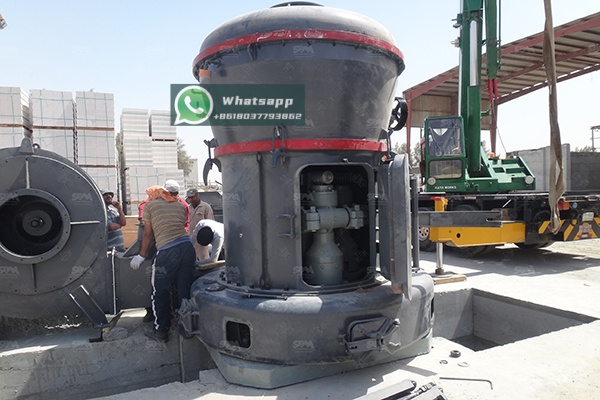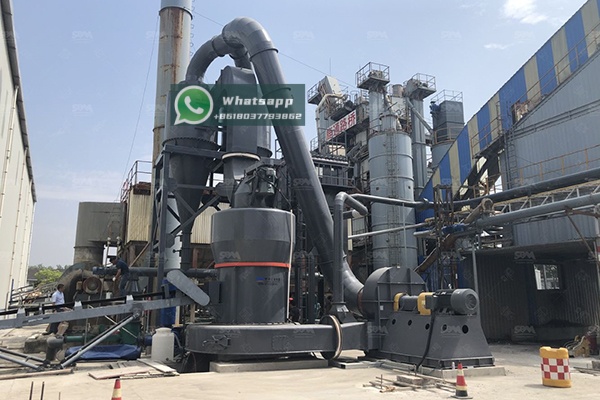In the mineral processing industry, grinding mills represent one of the most critical and capital-intensive assets. Their continuous and efficient operation is paramount to achieving production targets and maintaining profitability. However, unplanned downtime due to mechanical failures can result in significant production losses and costly repairs. This is where predictive maintenance (PdM) emerges as a transformative strategy, moving from reactive breakdown maintenance to a proactive, data-driven approach that forecasts equipment failures before they occur.
Traditional maintenance strategies for grinding mills have primarily fallen into two categories: reactive (run-to-failure) and preventive (time-based). Reactive maintenance addresses problems only after a failure has occurred, leading to extensive downtime and potential collateral damage. Preventive maintenance, while a step forward, involves performing maintenance at scheduled intervals regardless of the equipment’s actual condition. This can lead to unnecessary maintenance, parts replacement, and downtime, sometimes even introducing infant mortality failures in new components.
For complex equipment like the LM Vertical Grinding Mill, which integrates crushing, grinding, powder selection, drying, and material conveying into a single unit, these traditional methods are insufficient. The intricate interplay of mechanical, thermal, and dynamic forces requires a more nuanced understanding of the mill’s health.

A robust PdM system for a grinding mill relies on the continuous monitoring of key physical parameters that indicate the health of the equipment. The core technologies include:
The true power of predictive maintenance is unlocked when sensor data is fused with operational data (e.g., feed rate, power consumption, product fineness) and analyzed using machine learning algorithms. These models can learn the normal operating “fingerprint” of a mill and identify subtle deviations that precede a failure. For instance, a gradual increase in vibration at a specific frequency might predict a bearing failure weeks in advance, allowing maintenance to be planned during a scheduled shutdown.
At Shanghai Zenith Machinery Co., Ltd., we design our grinding equipment with reliability and maintainability in mind. Our engineers understand that a robust mechanical foundation is essential for implementing an effective PdM strategy. A well-built mill with precision components generates cleaner data, making anomaly detection more accurate.
For operations requiring high capacity and fine product fineness, our MTW Trapezium Grinding Mill is an excellent candidate for predictive maintenance integration. Its advanced design features, such as a bevel gear integral transmission and internally curved louver ring, contribute to smooth, stable operation, which is ideal for establishing baseline performance metrics.
| Model | Max. Feed Size (mm) | Final Size (mm) | Capacity (t/h) | Main Motor (kW) |
|---|---|---|---|---|
| MTW138Z | <35 | 1.6-0.045 | 6-17 | 90 |
| MTW175G | <40 | 1.6-0.045 | 9.5-25 | 160 |
| MTW215G | <50 | 1.6-0.045 | 15-45 | 280 |
Furthermore, for applications demanding ultra-fine powders, our LUM Ultrafine Vertical Mill is engineered for precision and stability. Its intelligent control system provides a ready-made platform for integrating PdM sensors and data analytics, allowing for real-time monitoring of grinding parameters and equipment health.
| Model | Main Machine Power (kW) | Capacity (t/h) | Size Distribution D97 (μm) |
|---|---|---|---|
| LUM1525 | 220-250 | 1.6-11.5 | 5-30 |
| LUM1632 | 280-315 | 2.0-13.5 | 5-30 |
| LUM1836 | 355-400 | 2.3-15 | 5-30 |

Implementing a predictive maintenance program is a journey that can be phased:
The economic benefits are compelling. A successful PdM program can lead to:

The adoption of predictive maintenance for grinding mills is no longer a luxury but a strategic necessity for modern, competitive mineral processing operations. By leveraging sensor technology and data analytics, plants can transition from a calendar-based to a condition-based maintenance paradigm. This shift not only safeguards critical assets like those manufactured by Shanghai Zenith Machinery but also unlocks new levels of operational efficiency, cost savings, and production reliability. The future of mill maintenance is predictive, prescriptive, and profoundly more intelligent.